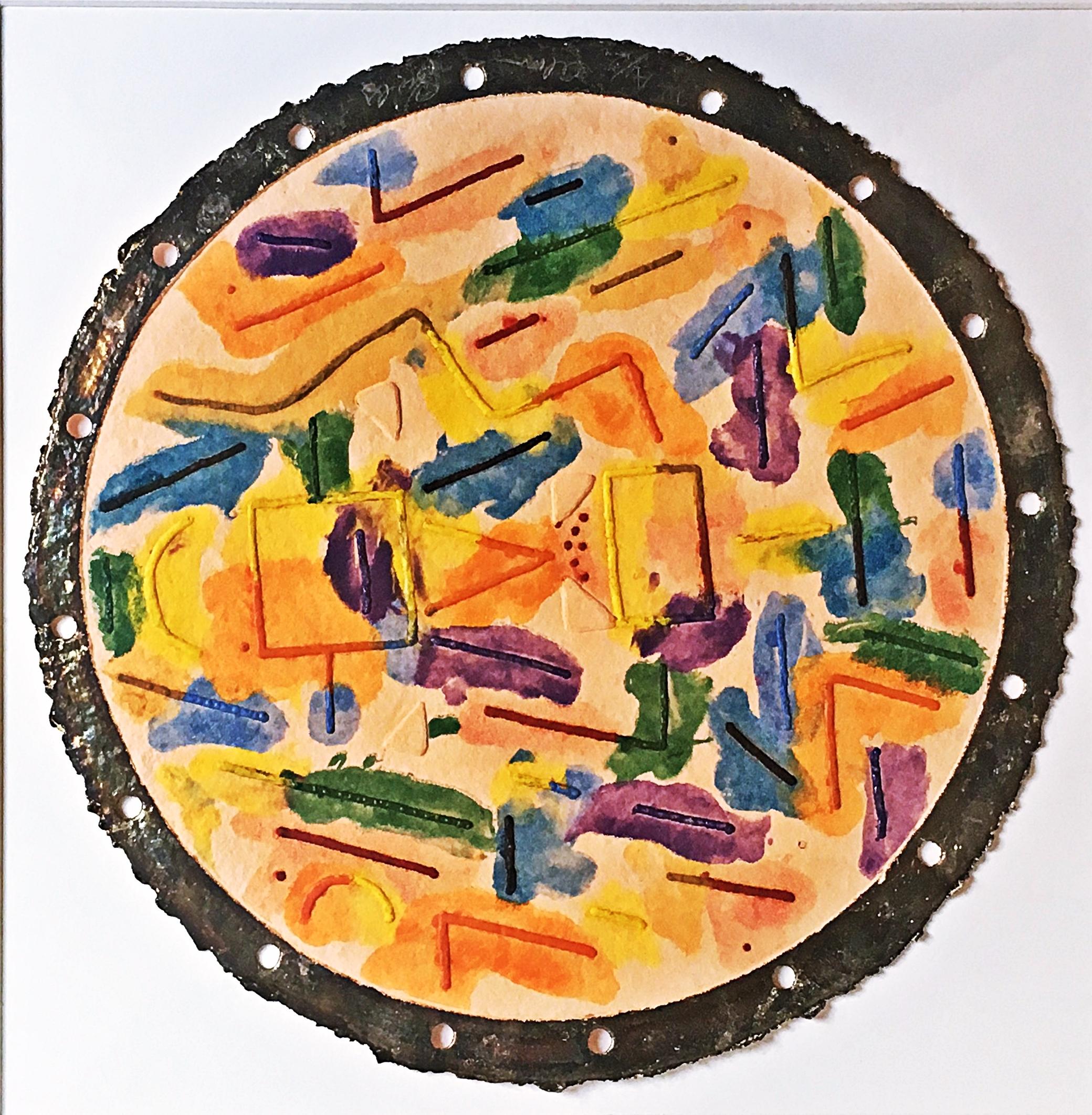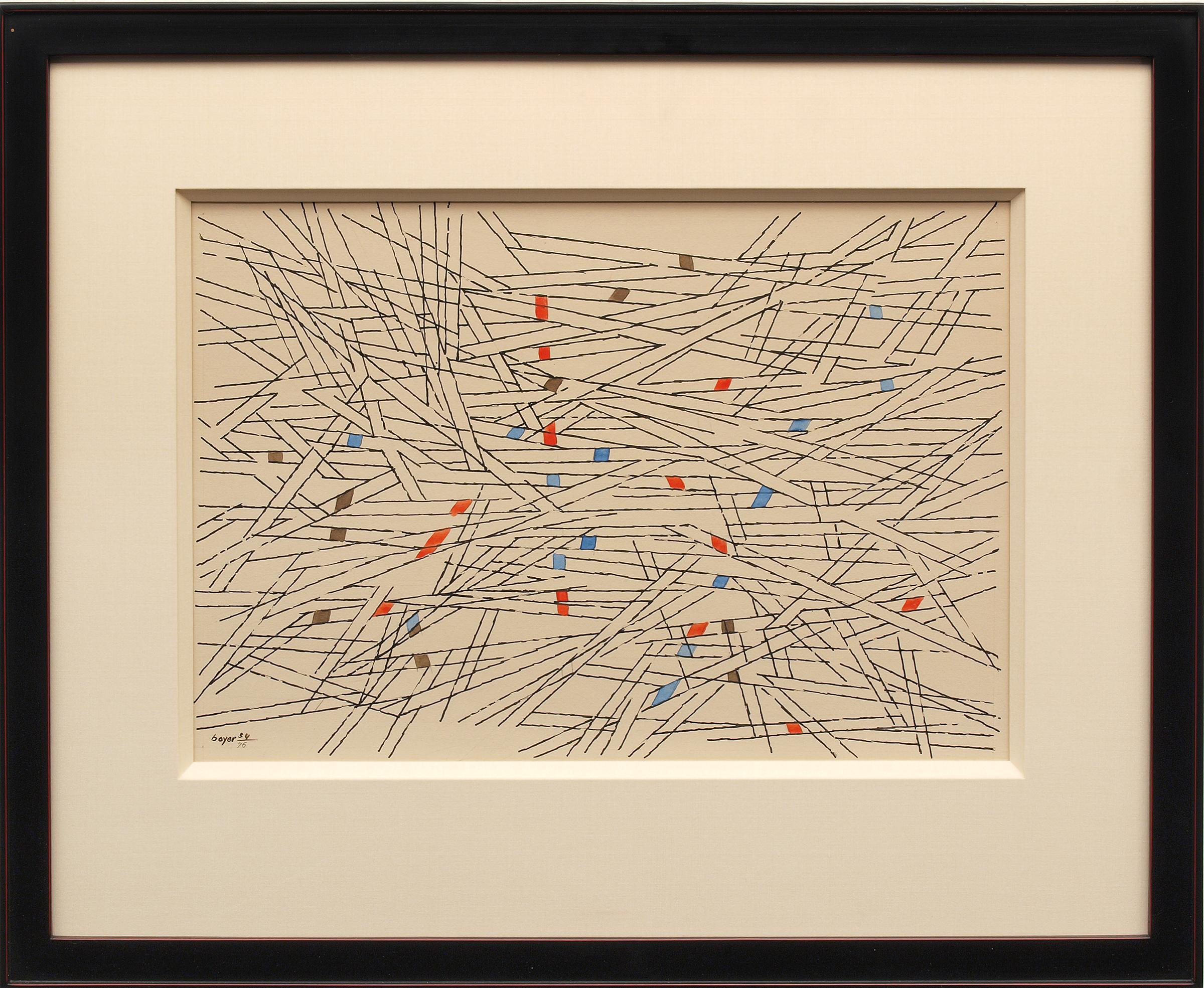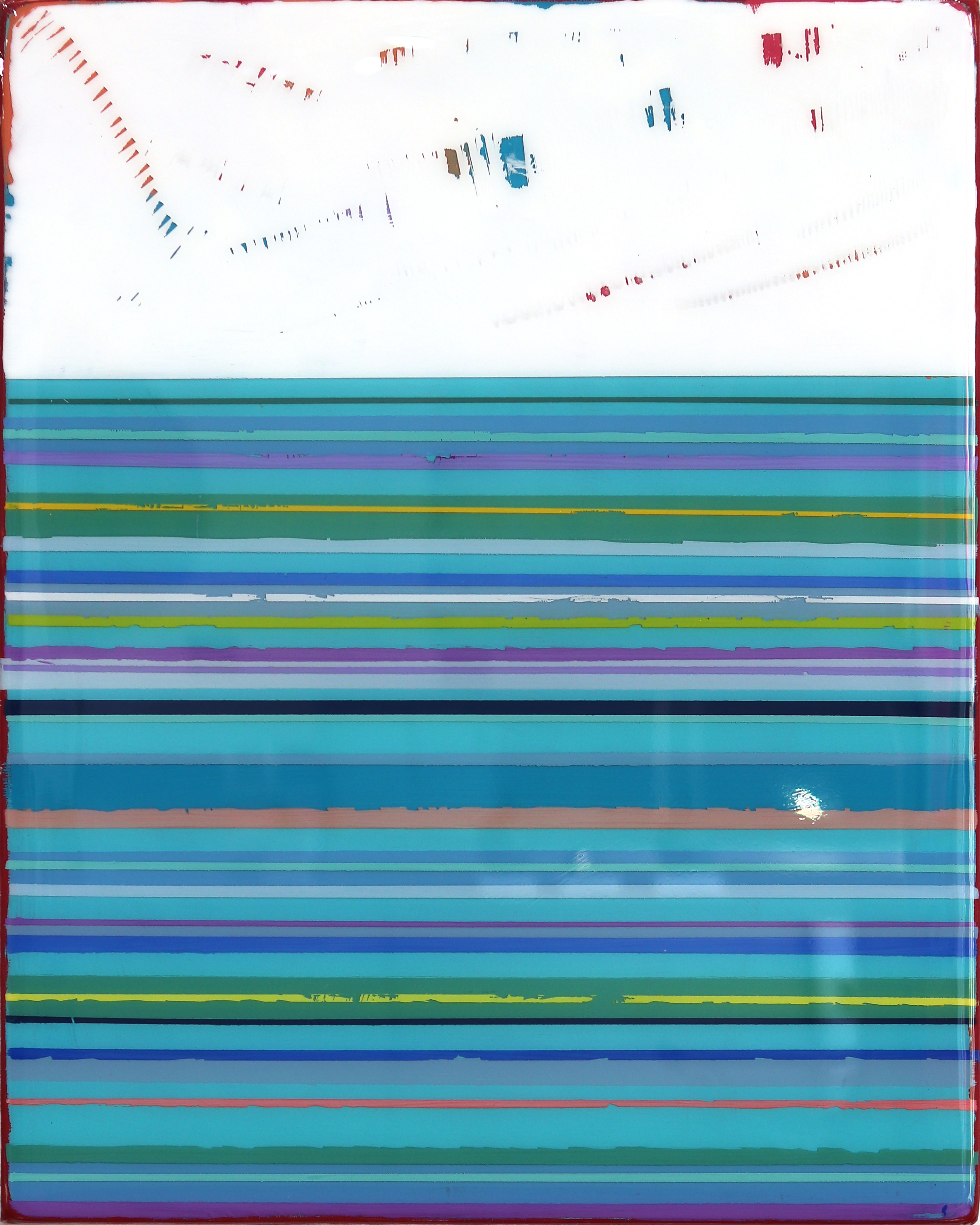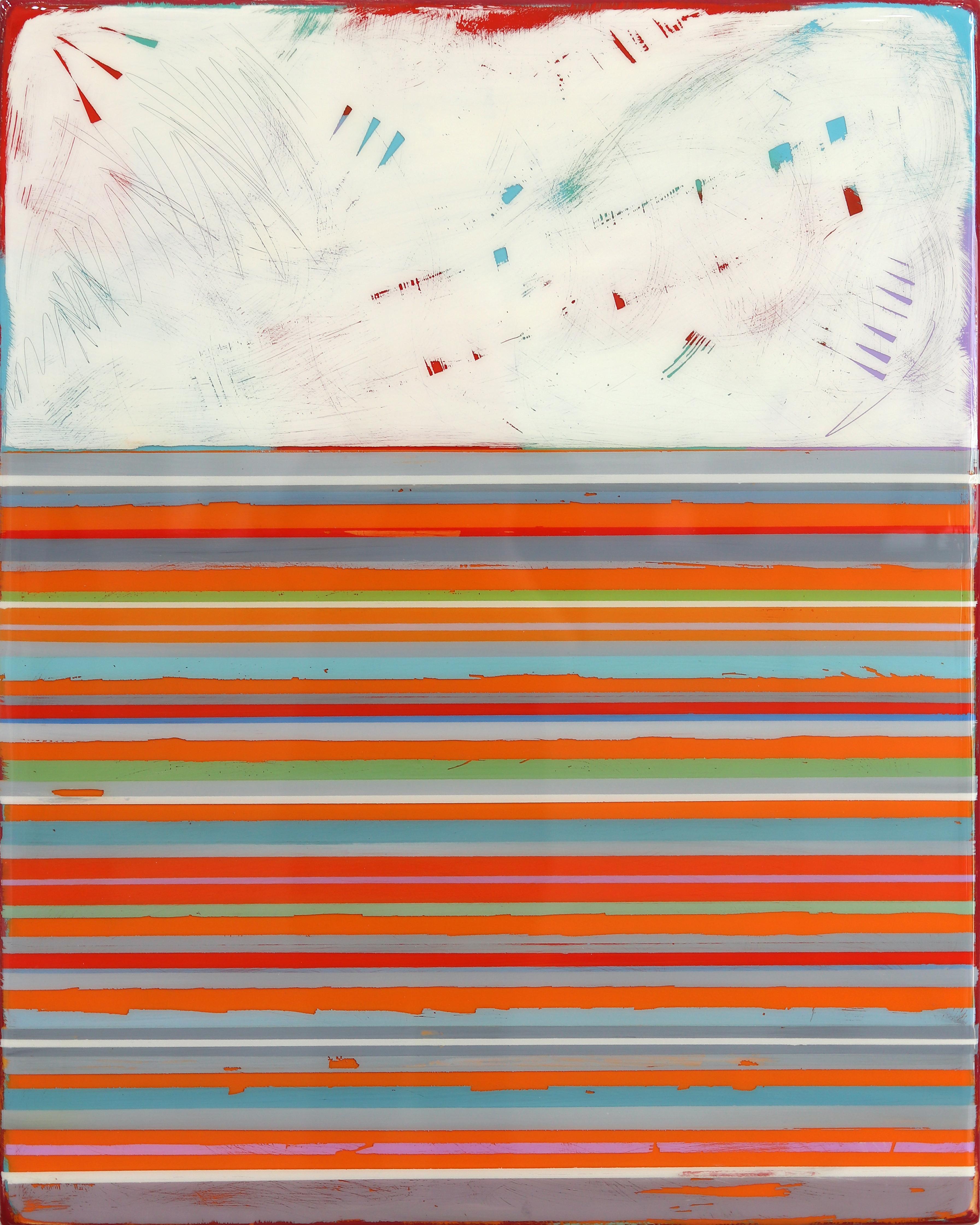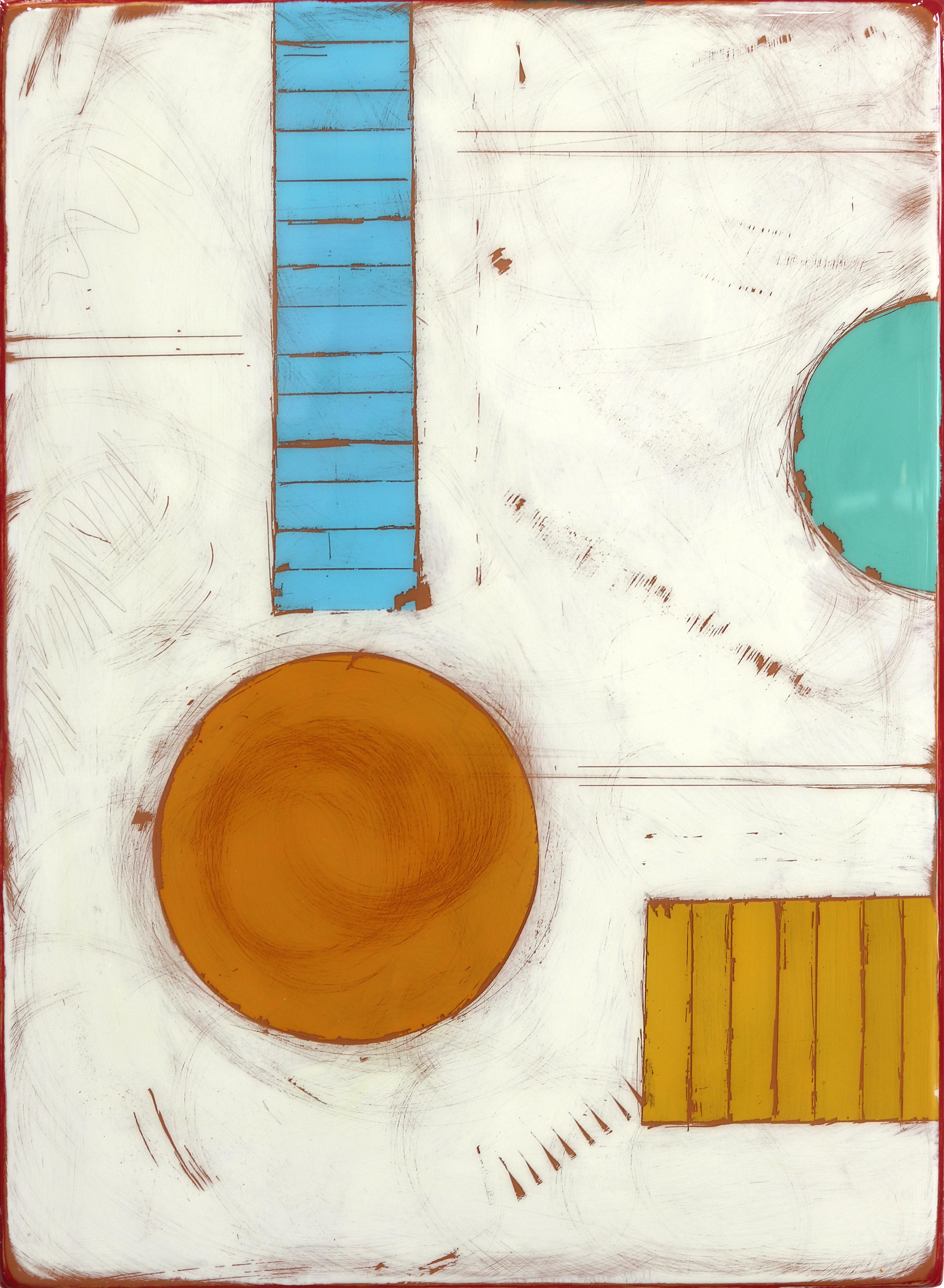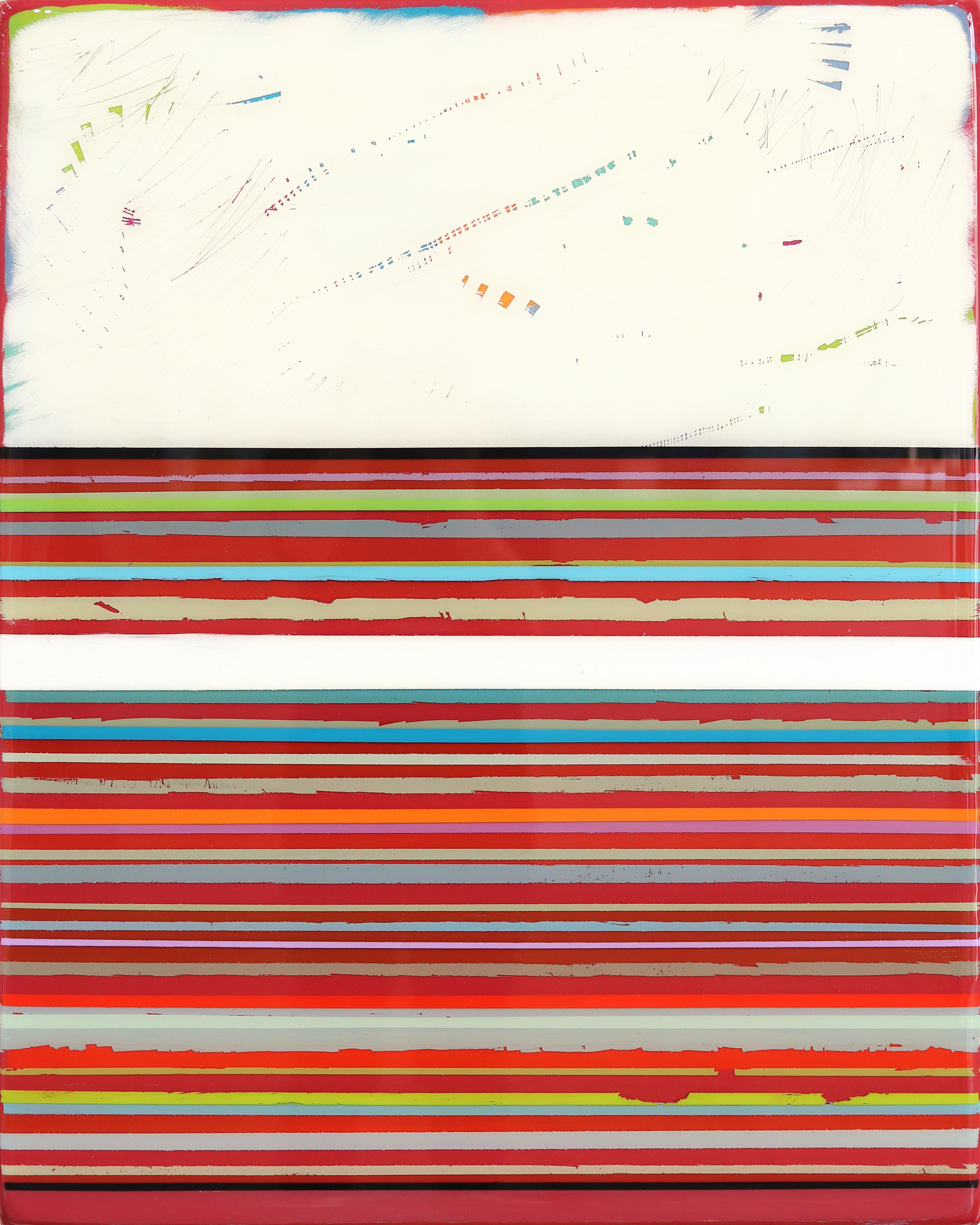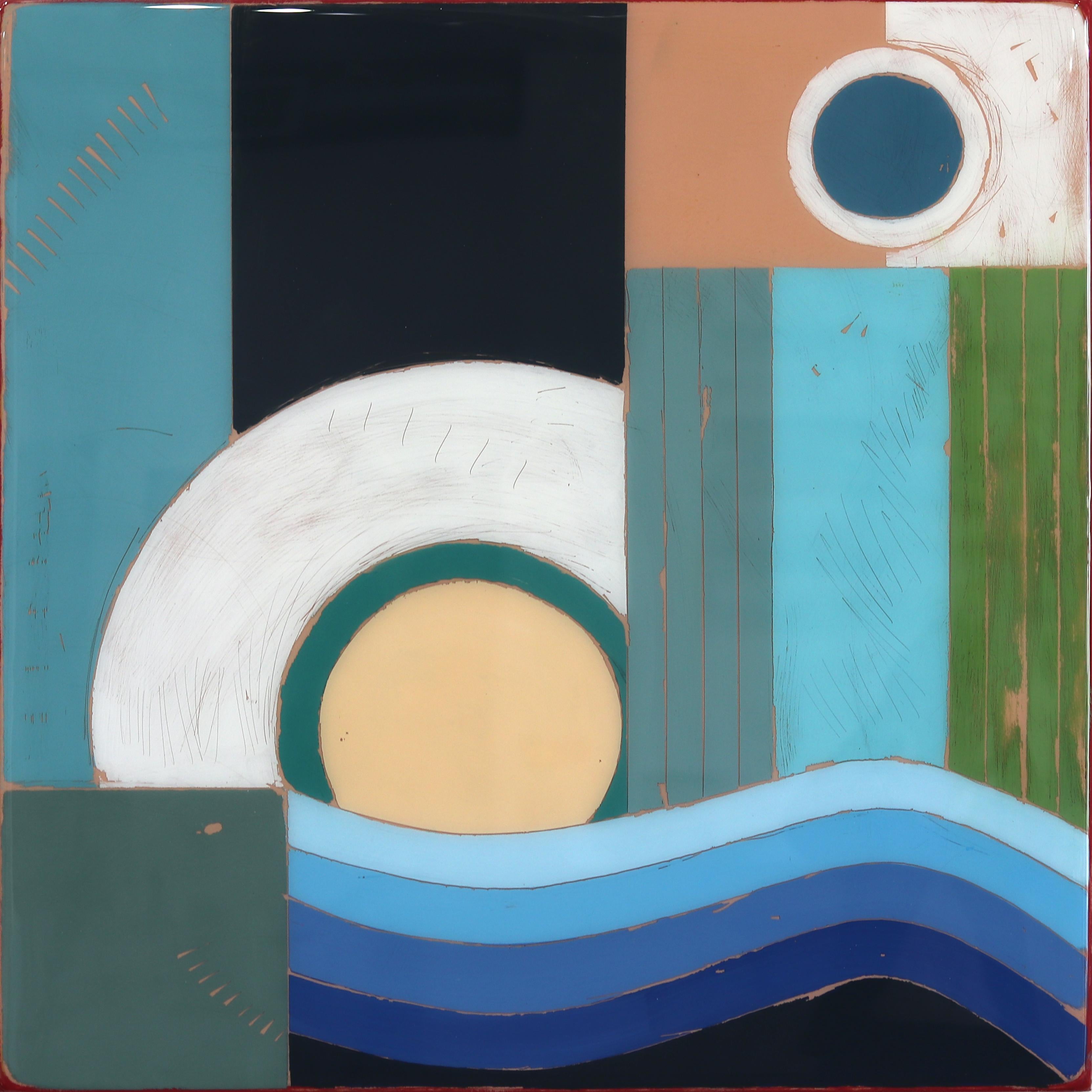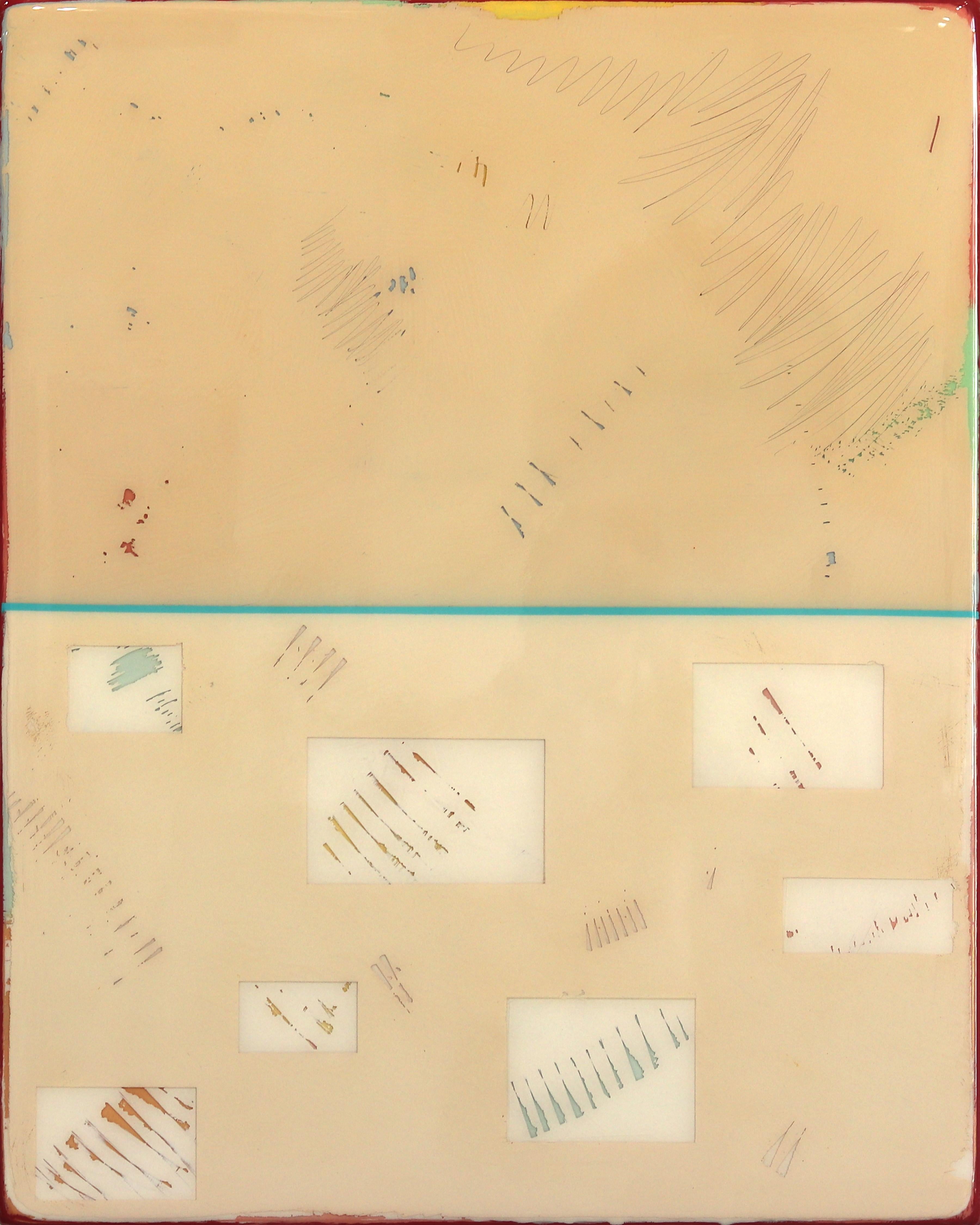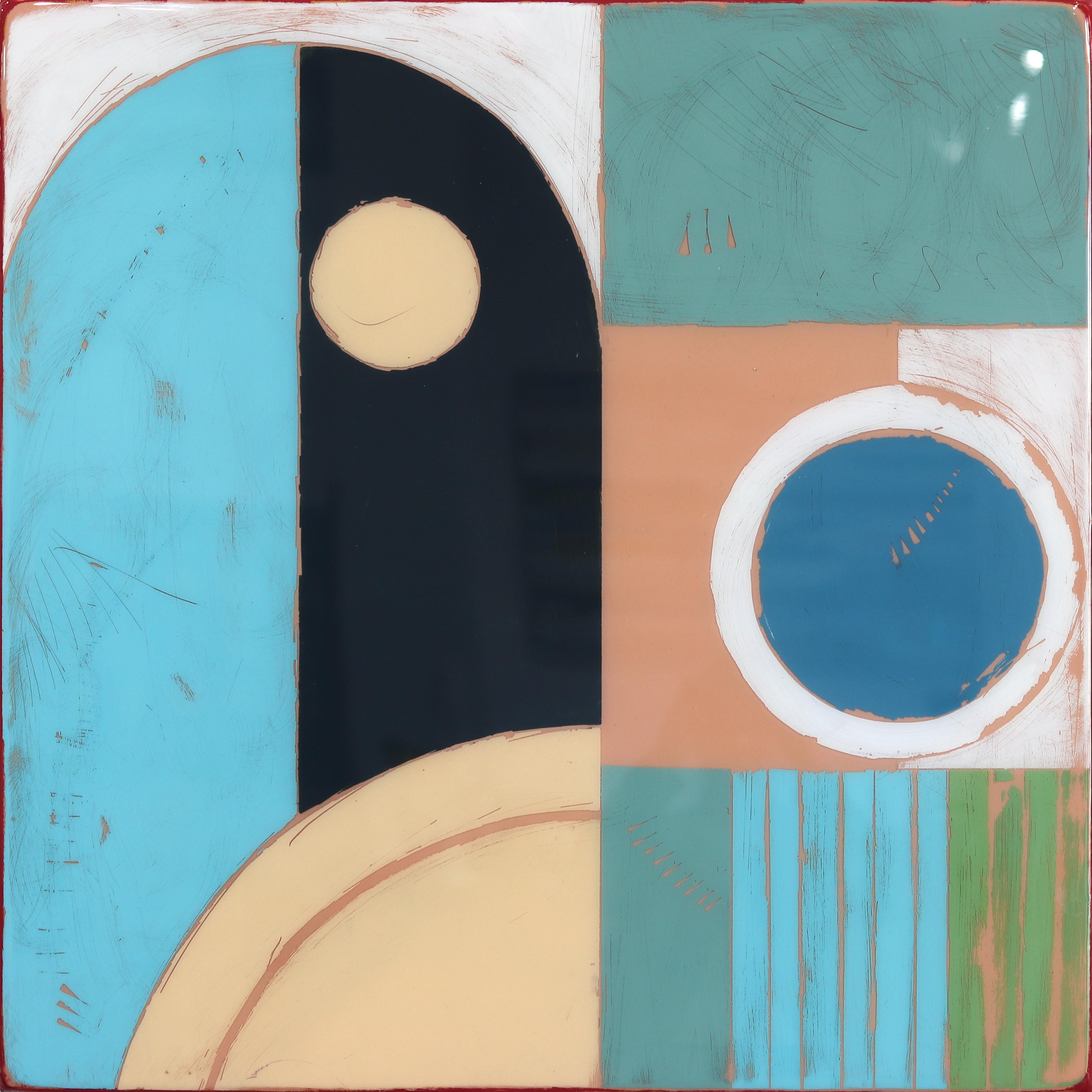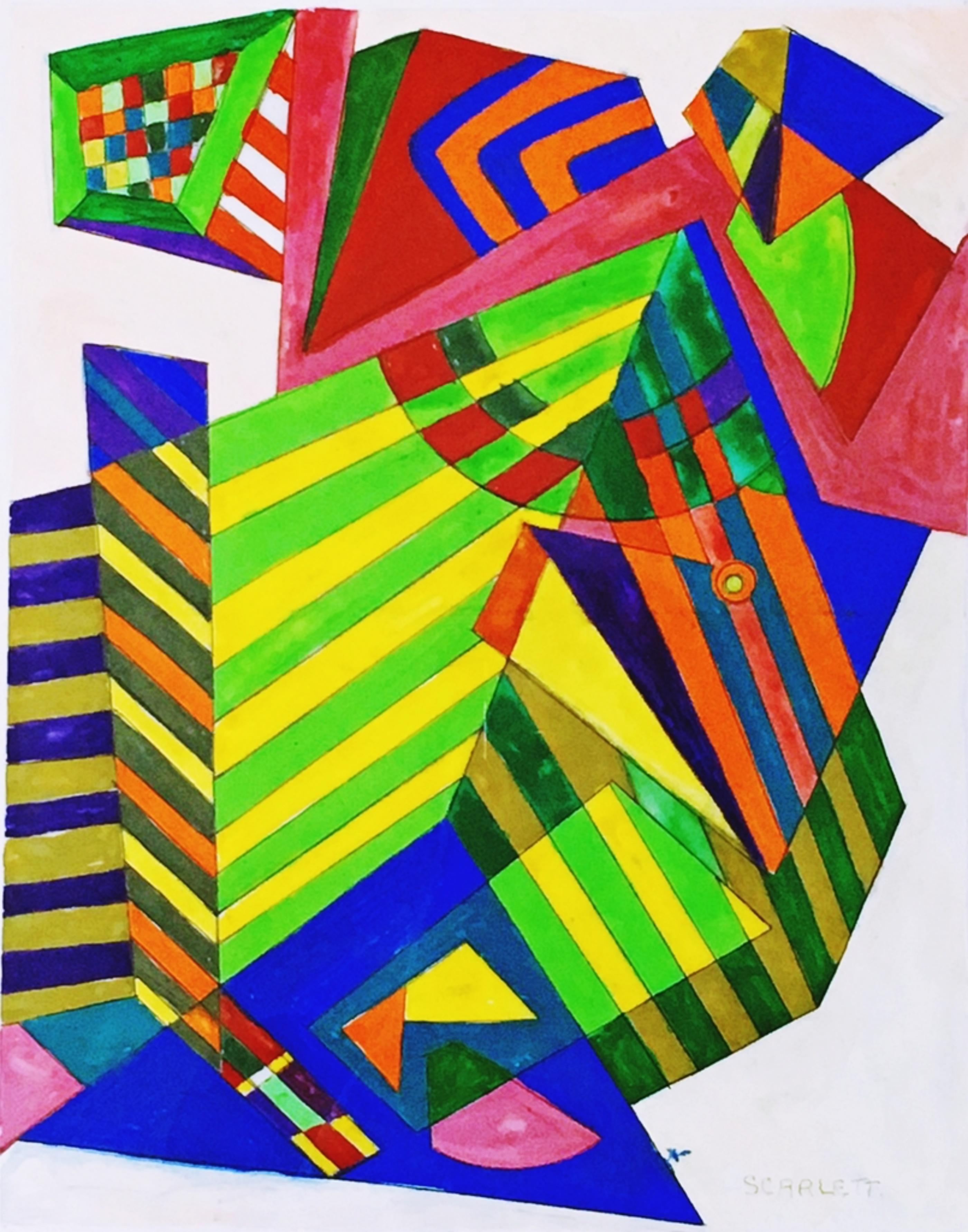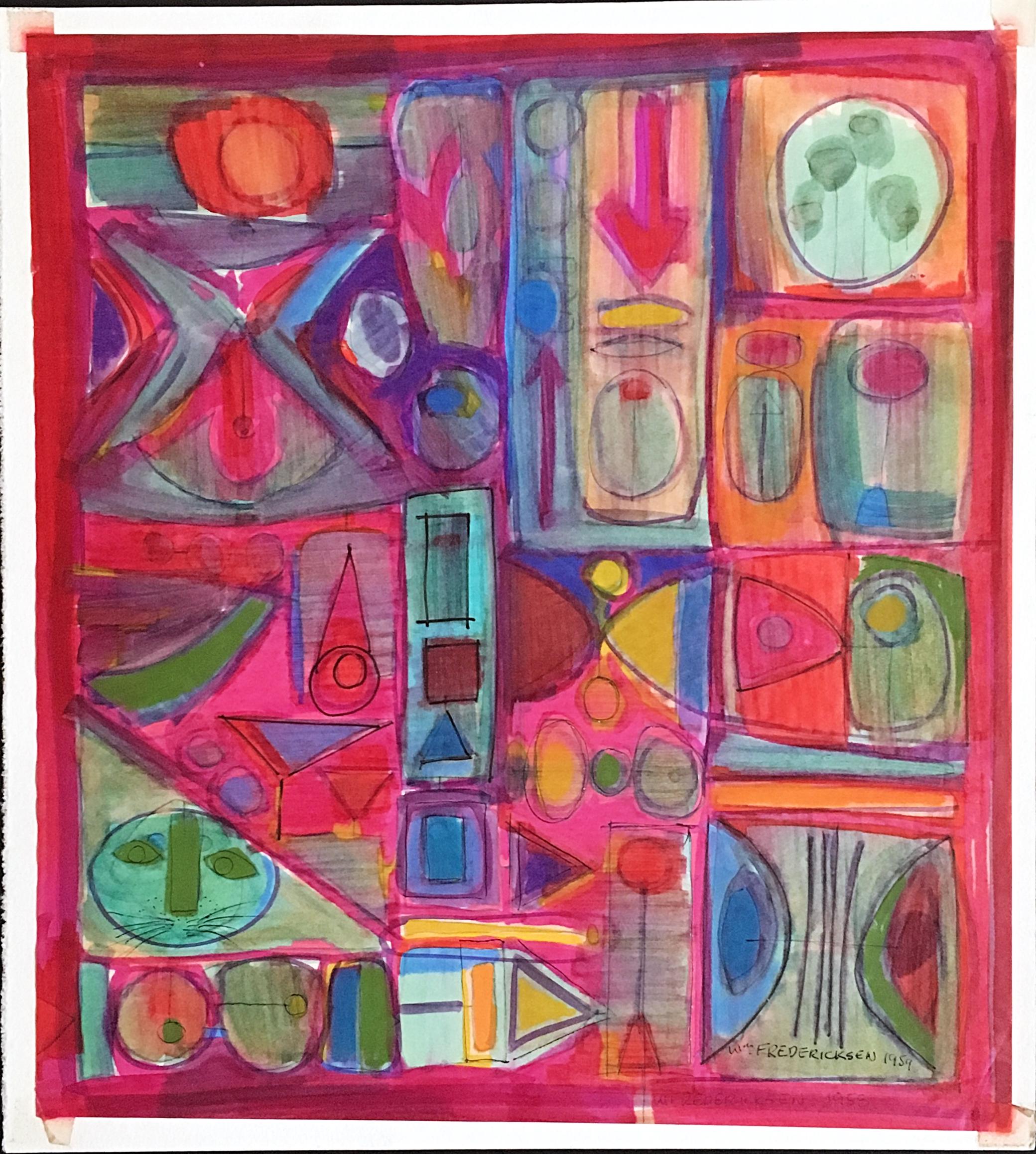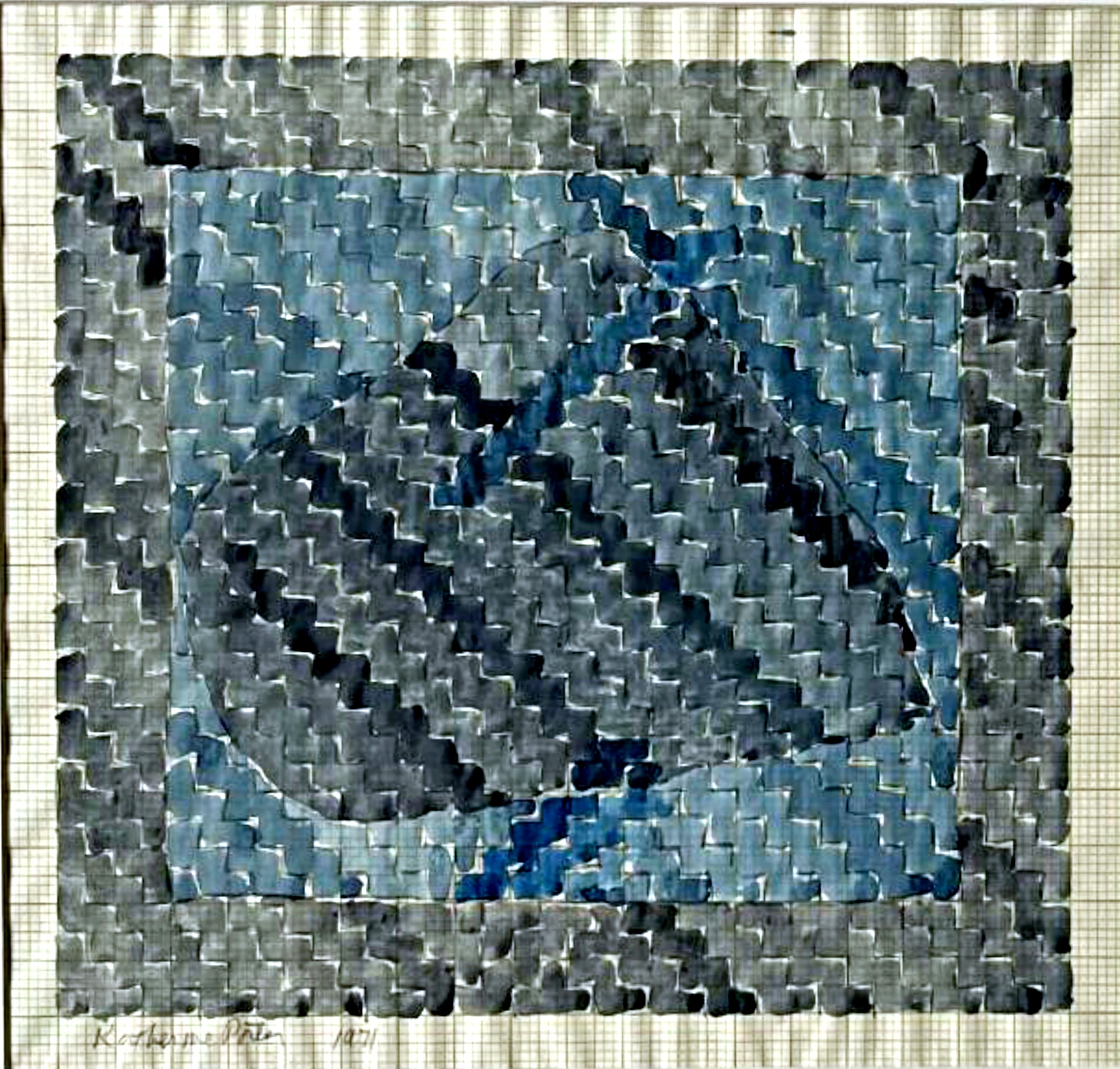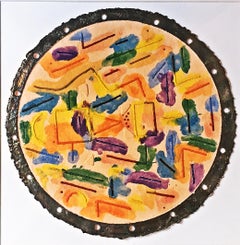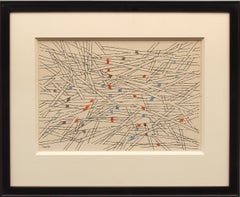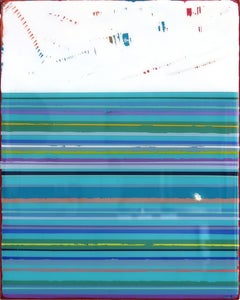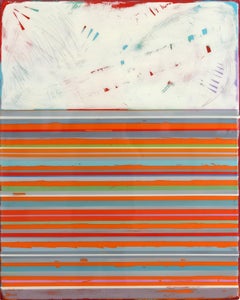Deshilachado 002
View Similar Items
Video Loading
1 of 5
Daniel Djuro-Goiricelaya Deshilachado 0022018
2018
$425List Price
About the Item
- Creator:Daniel Djuro-Goiricelaya (American, Venezuelan, Cuban)
- Creation Year:2018
- Dimensions:Height: 24 in (60.96 cm)Width: 18 in (45.72 cm)
- More Editions & Sizes:18 x 24Price: $425
- Medium:
- Movement & Style:
- Period:
- Framing:Framing Options Available
- Condition:
- Gallery Location:New York, NY
- Reference Number:1stDibs: LU2007210835322
Authenticity Guarantee
In the unlikely event there’s an issue with an item’s authenticity, contact us within 1 year for a full refund. DetailsMoney-Back Guarantee
If your item is not as described, is damaged in transit, or does not arrive, contact us within 7 days for a full refund. Details24-Hour Cancellation
You have a 24-hour grace period in which to reconsider your purchase, with no questions asked.Vetted Professional Sellers
Our world-class sellers must adhere to strict standards for service and quality, maintaining the integrity of our listings.Price-Match Guarantee
If you find that a seller listed the same item for a lower price elsewhere, we’ll match it.Trusted Global Delivery
Our best-in-class carrier network provides specialized shipping options worldwide, including custom delivery.You May Also Like
TV Re-Run A Unique mixed media monotype and colored embossing geometric abstract
Located in New York, NY
Alan Shields
TV Re-Run A, 1978
Mixed Media Monotype embossing, linocut, with watercolor and silver leaf applied decoration on TGL Handmade Paper. Mounted on Linen Board
Signed by Ala...
Category
1970s Abstract Geometric Mixed Media
Materials
Silver
Herbert Bayer Watercolor & Ink Abstract Painting – Framed Bauhaus Artwork
By Herbert Bayer
Located in Denver, CO
This striking abstract composition by Herbert Bayer (1900–1985) masterfully blends watercolor and ink to create a visually arresting piece that exemplifies the artist’s Bauhaus-roote...
Category
1950s Abstract Geometric Abstract Drawings and Watercolors
Materials
Paper, Ink, Mixed Media, Watercolor
Fuego 6 - Modern Acrylic Geometric Resin Artwork
By Ricky Hunt
Located in Los Angeles, CA
Ricky Hunt’s mixed media minimalist wall art is influenced by his tumultuous past that led to a paradigm shift in creativity and life. He covers the wood panel with layers of acrylic...
Category
21st Century and Contemporary Abstract Geometric Abstract Paintings
Materials
Resin, Mixed Media, Acrylic, Wood Panel
Fuego 16 - Minimalist Colorful Striped Modern Abstract Acrylic Resin Artwork
By Ricky Hunt
Located in Los Angeles, CA
Ricky Hunt’s mixed media minimalist wall art is influenced by his tumultuous past that led to a paradigm shift in creativity and life. He covers the wood panel with layers of acrylic...
Category
21st Century and Contemporary Abstract Geometric Abstract Paintings
Materials
Resin, Mixed Media, Acrylic, Wood Panel
May Flowers 5 - Minimalist Modern Abstract Acrylic Geometric Resin Artwork
By Ricky Hunt
Located in Los Angeles, CA
Ricky Hunt’s mixed media minimalist wall art is influenced by his tumultuous past that led to a paradigm shift in creativity and life. He covers the wood panel with layers of acrylic...
Category
21st Century and Contemporary Abstract Geometric Abstract Paintings
Materials
Resin, Mixed Media, Acrylic, Wood Panel
Fuego 12 - Minimalist Vibrant Colorful Striped Modern Abstract Acrylic Resin Art
By Ricky Hunt
Located in Los Angeles, CA
Ricky Hunt’s mixed media minimalist wall art is influenced by his tumultuous past that led to a paradigm shift in creativity and life. He covers the wood panel with layers of acrylic...
Category
21st Century and Contemporary Abstract Geometric Abstract Paintings
Materials
Resin, Mixed Media, Acrylic, Wood Panel
